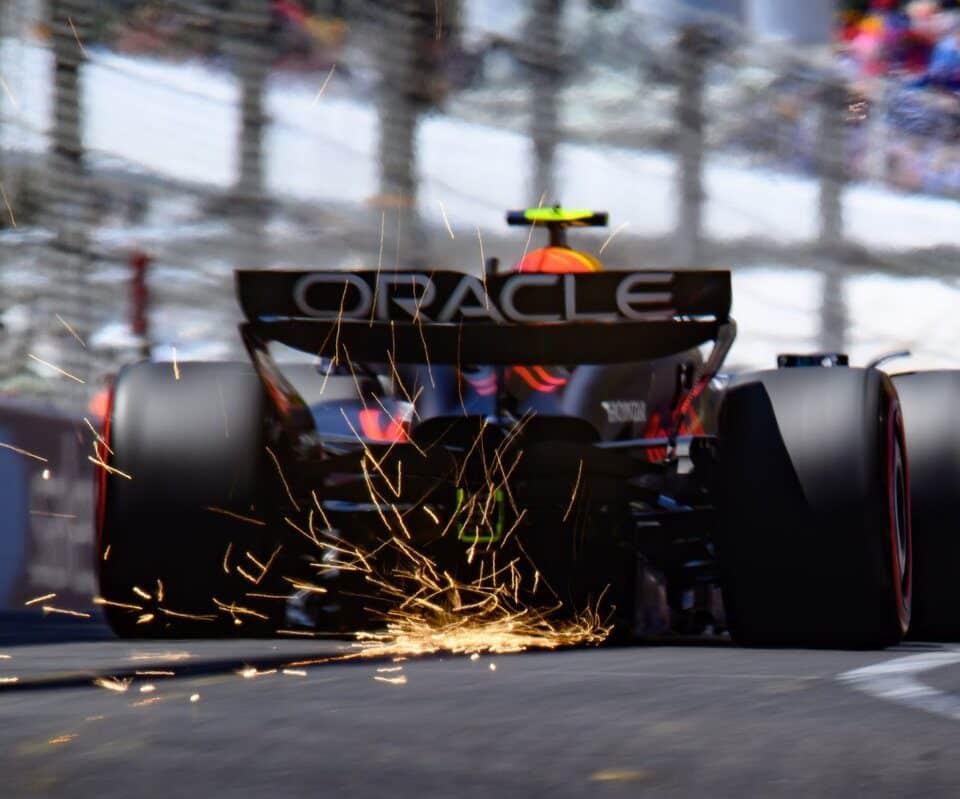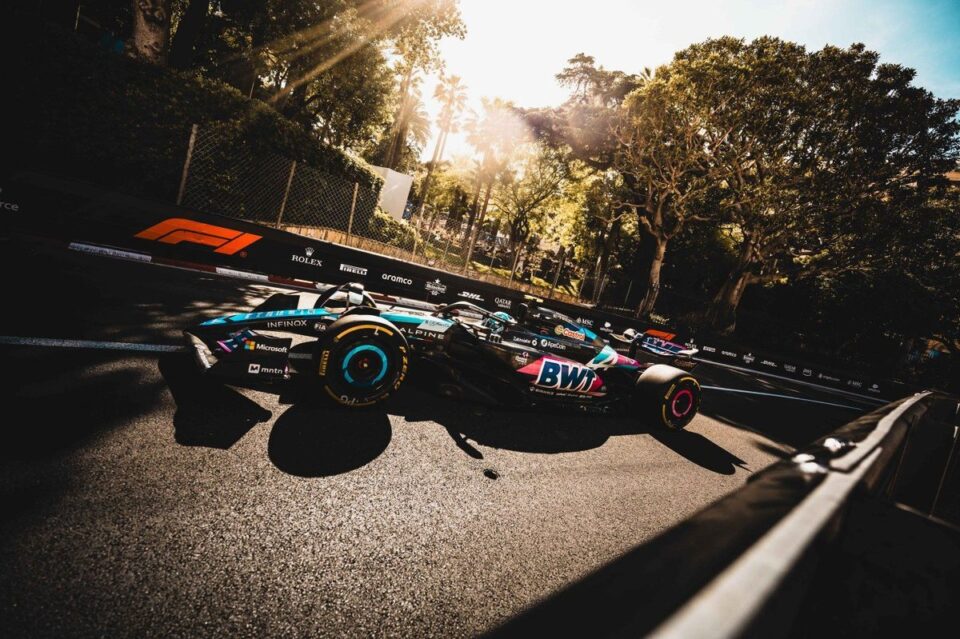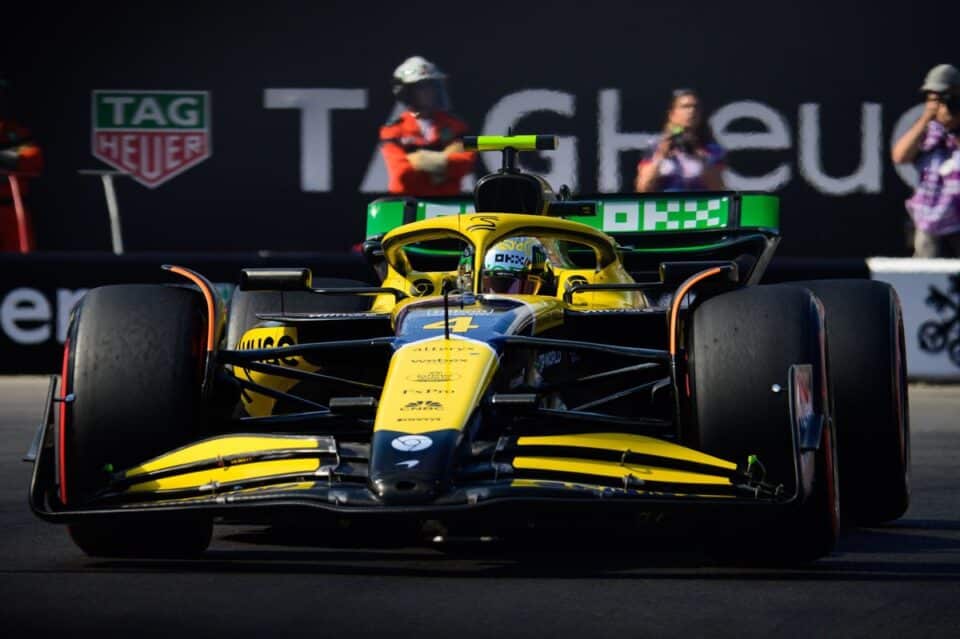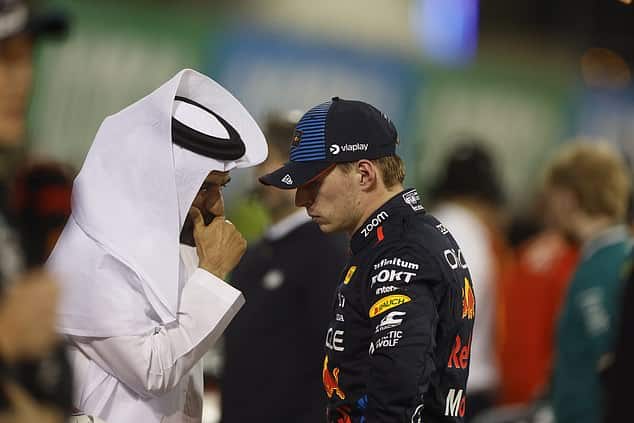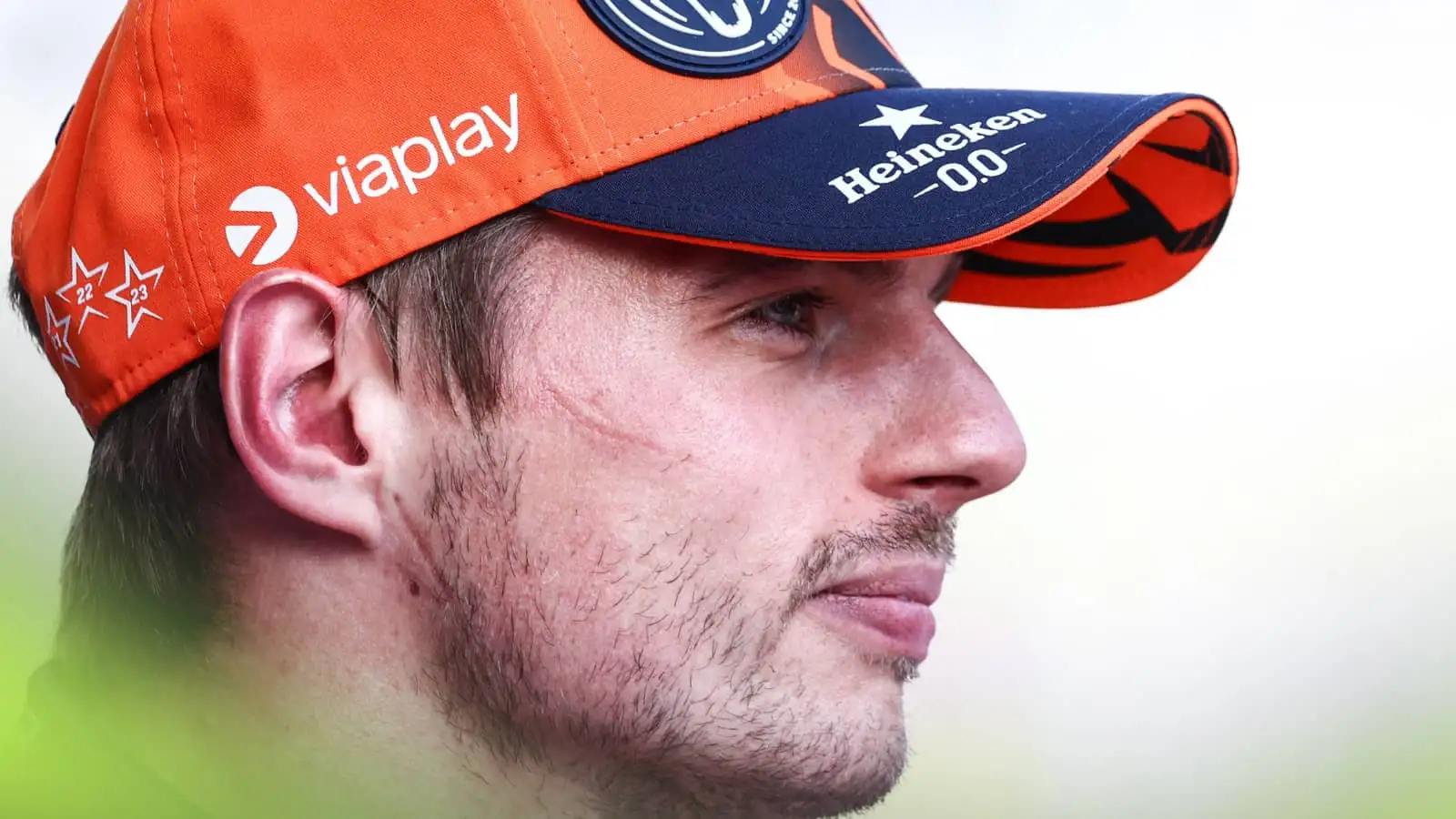Red Bull faced unexpected challenges at the Monaco Grand Prix, revealing underlying issues with the RB20 on tracks with kerbs and bumps. Max Verstappen admitted that the car’s inability to handle kerbs and the bumpy track surface highlighted some inherent weaknesses that weren’t apparent before.
The main issue Red Bull grappled with was that the softer they set up the car, the worse it performed. This confounded the team, making it difficult to pinpoint an immediate solution. Team principal Christian Horner suggested that recent suspension tweaks might be the culprit. ‘The VCARB [RB] car is running with our suspension from last year and didn’t seem to have the same issues,’ he noted. Horner also mentioned that the problem isn’t entirely new, having appeared in Singapore last year, signaling a recurring weakness that needs addressing.
Red Bull has employed a pull-rod layout at the front and a push-rod layout at the rear since the regulation changes in 2022. These designs have been continually optimized for aerodynamic benefits, but these optimizations might be causing the current problems. The balance between aerodynamic gains and mechanical performance appears to be at the heart of the issue. If a trade-off slightly degraded the suspension’s operating range for greater aerodynamic efficiency, it was likely a compromise the team was willing to accept. However, this seems to have backfired on tracks like Monaco, where kerb-riding and dealing with bumps are crucial.
The development changes in the front suspension over the regulation cycle reflect numerous tweaks—mainly focusing on improving aerodynamic efficiency. For instance, Red Bull’s high mounted mono-arm design for the upper wishbone and the adjustments in the lower suspension parts to enhance airflow. The team also adjusted the wheelbase to achieve a better balance of mechanical and aerodynamic performance. These efforts aimed at achieving superior aerodynamic performance might have resulted in neglected mechanical performance, especially noticeable on challenging circuits.
At Monaco, the RB20’s problem became evident as the car ran a higher-downforce aero package at lower speeds on a bumpy street circuit. The car’s suspension had to be softened, and the ride height increased to handle the bumpy track and kerbs better. This combination disrupted the driver’s ability to respond effectively and compromised their acceleration out of corners. Despite the struggle in Monaco, Red Bull remains hopeful that this performance isn’t reflective of the entire season. The upcoming race in Canada, a track where kerb-riding is also crucial, might offer a better performance assessment, especially if recent resurfacing work has smoothed out some of its notorious bumps.
Red Bull’s kerb-riding problems are largely attributed to the balance between aerodynamic improvements and mechanical sacrifices. The team’s relentless pursuit of aerodynamic gains seems to have compromised the car’s performance on bumpier tracks. As the season progresses, it will be interesting to see if Red Bull can adjust their setup to maintain their competitive edge, especially on circuits that challenge their current weaknesses.
Source: Motorsport
